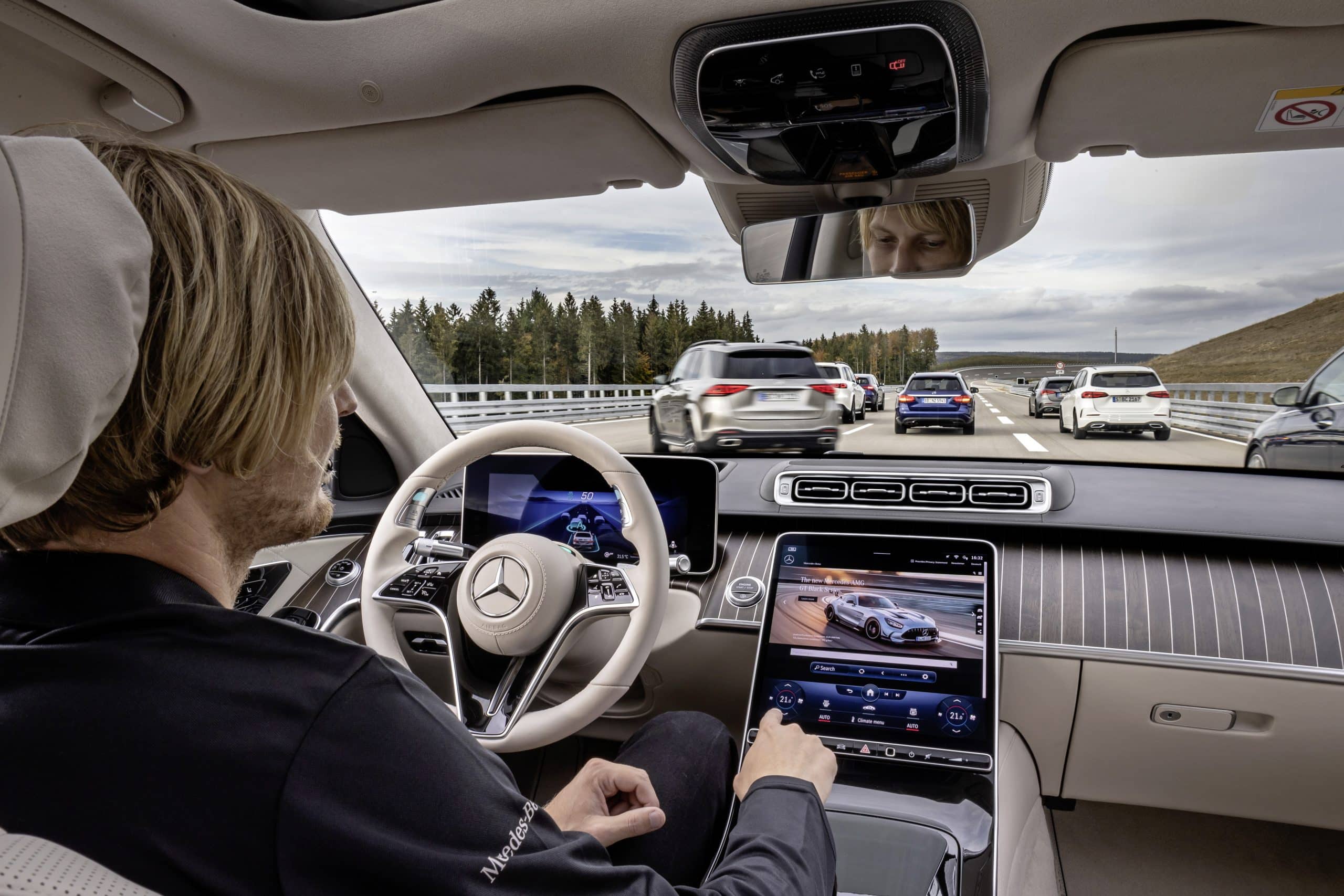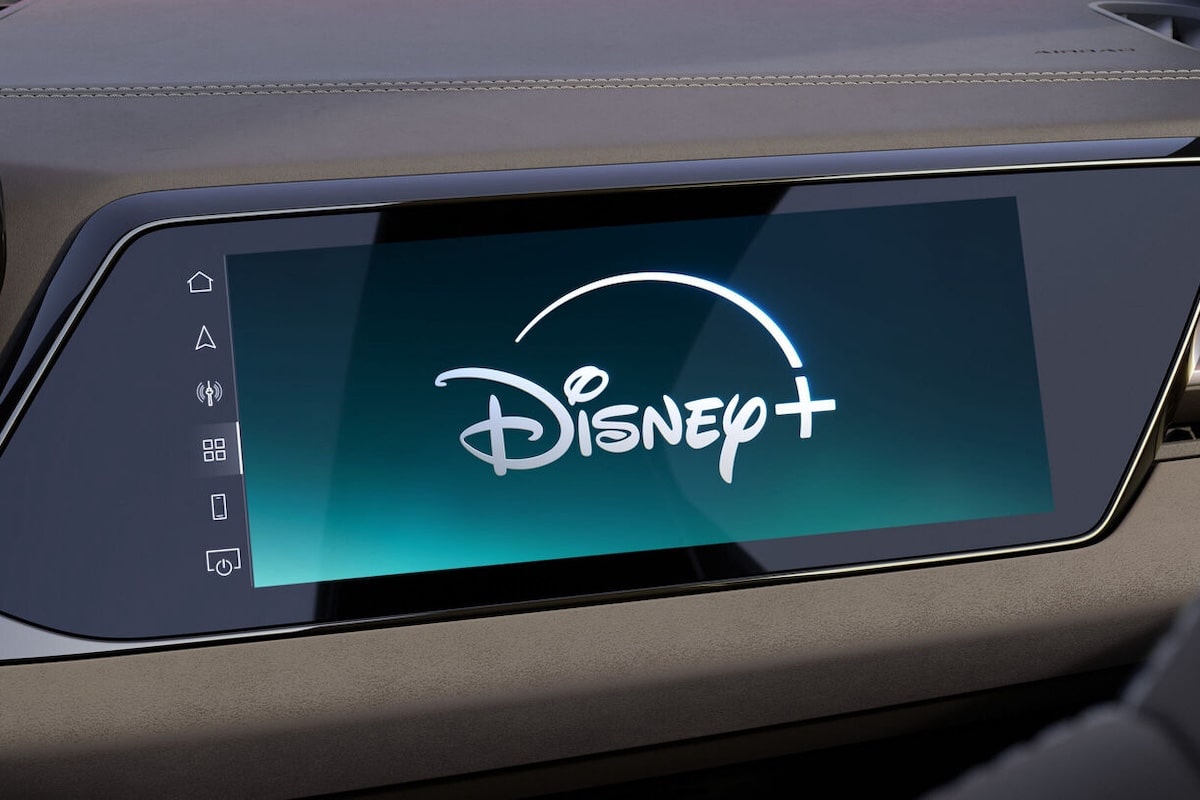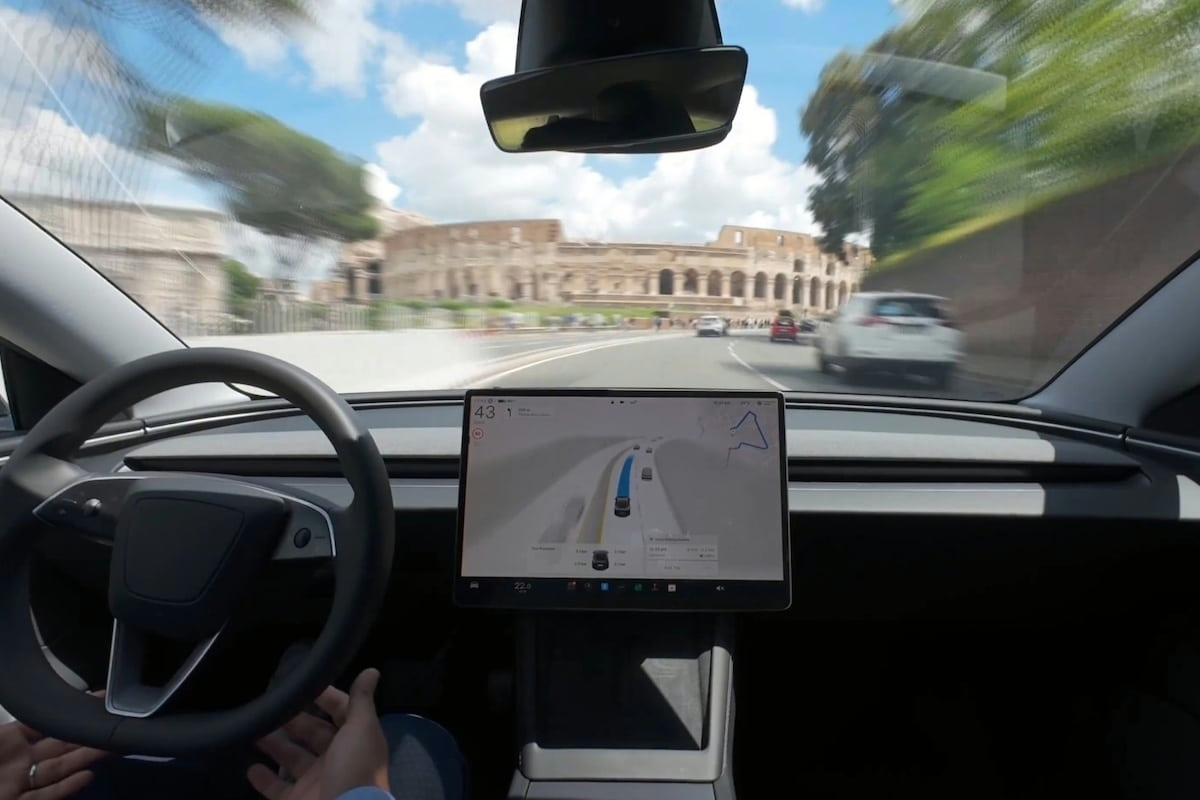Mercedes Drive Pilot: Europe’s First Level 3 Autonomous Cars

Mercedes is about to launch S-Class and EQS models equipped for autonomous driving phases under strict conditions. The beginning of a new era.
A few months ago (we discussed it), Honda launched in Japan the first semi-autonomous car certified at level 3. Today, it’s Mercedes’ turn to offer its solution here. A first in Europe! While our modern cars are equipped with driver assistance systems that continuously support the driver without ever replacing them, it will be possible to relinquish the steering wheel in Mercedes vehicles equipped with this system. These are valuable aids during driving phases that are generally not very exciting, such as on highways up to 60 km/h, in dense traffic, or in traffic jams.
But what does this mean concretely? By complying with UN-R157 standards, Mercedes-Benz is ready to offer semi-autonomous driving features in markets where it’s permitted. An advancement initially reserved for the brand’s flagship models, the S-Class and EQS, starting in the first half of 2022, which are traditional showcases for new technologies. Equipped with the Drive Pilot system, it will allow the driver to engage in other activities besides driving during these phases. Mercedes suggests online shopping on the vehicle’s central screen – the commercial exploitation of this new free time won’t be long in coming!

13,191 km of highways in Germany are approved by the brand for the start of this new era. The system activates via specific controls located directly on the steering wheel rim and then takes control of acceleration, braking, steering, and adjusts the distance to the vehicle ahead. In short, the functionalities of today’s ADAS but with the steering wheel released during extended driving phases. However, napping is not an option: at level 3, the driver must be able to resume control within a few seconds. The system is also capable of automatic avoidance maneuvers or vacating a lane for emergency vehicles. In case of driver discomfort while at the wheel, the system can also park the vehicle safely and call emergency services.
The ingredients of Drive Pilot
To enable Drive Pilot functions, new sensors join the long list of usual radars and cameras: a 120° LiDAR (high-precision laser radar capable of analyzing the environment in 3D), a rear camera, microphones (including to detect emergency vehicles approaching in the lanes), and a humidity sensor in a wheel arch.
A high-definition digital map provides information on road geometry, route profile, and unusual events such as accidents or construction work. Like mapping, the vehicle positioning system is much more precise than a traditional GPS, scaled to centimeters rather than meters. All information is continuously compared in real-time to ensure system reliability through redundancies. In short: safety features like belt and braces. However, since the driver must be able to take control if needed, the steering, braking, and onboard electrical systems are redundant to ensure manual operation in all scenarios.

A review of autonomy levels
This introduction of the first model at level 3 autonomy is an opportunity to recall the five levels of autonomous driving as recognized by manufacturers and authorities:
- Level 1: this is the initial activation of driver assistance systems, either for longitudinal control (adaptive cruise control) or lateral control (active steering). Automated aids such as automatic emergency braking or automated parking assist can already be found at this level.
- Level 2: longitudinal and lateral control can be automated, but the driver must remain active (monitoring of hands on the wheel). This is the level popularized by Tesla and currently found in many cars.
- Level 3: this is the current level achieved by Mercedes, with phases of driving fully managed by the vehicle. The driver is not active during these phases but must be able to take control quickly if needed. An interior camera monitors their level of distraction (no napping). So, 2022.
- Level 4: it’s nap time! Scheduled phases (long highway segments) allow the driver to focus on other activities. We are still a few years away from this level, which would be comfortable for taking rest during highway driving, the leading cause of accidents on such roads. It is expected to arrive in the USA before Europe.
- Level 5: fully robotized driving. An utopia for many, a dream for others. It seems difficult to imagine in all conditions and scenarios: for example, Place de l’Étoile? The future will tell if it is possible, but it would be a future measured in decades.
This page is translated from the original post "Mercedes Drive Pilot : 1res voitures autonomes de niveau 3 en Europe" in French.
We also suggestthese articles:
Also read






